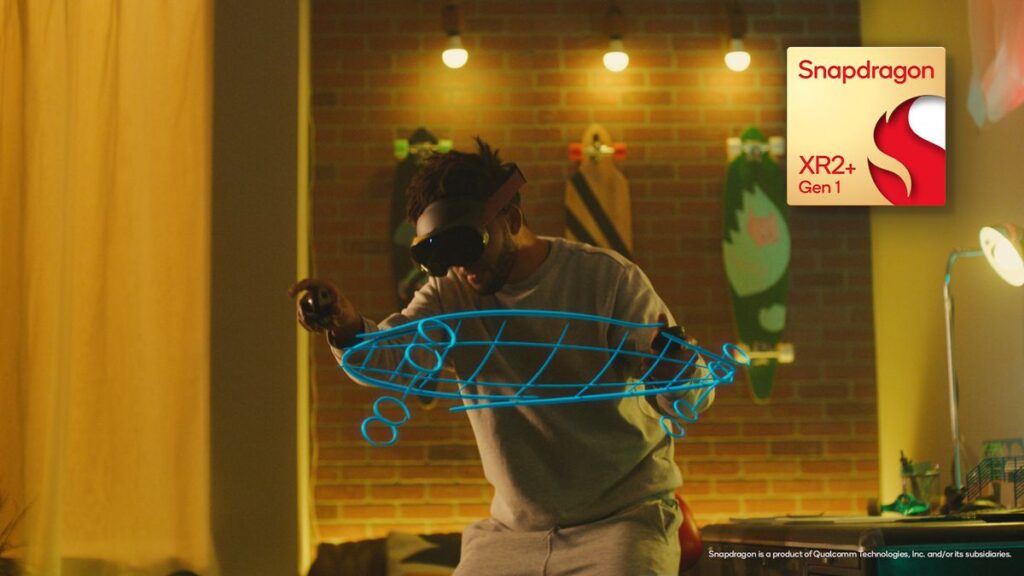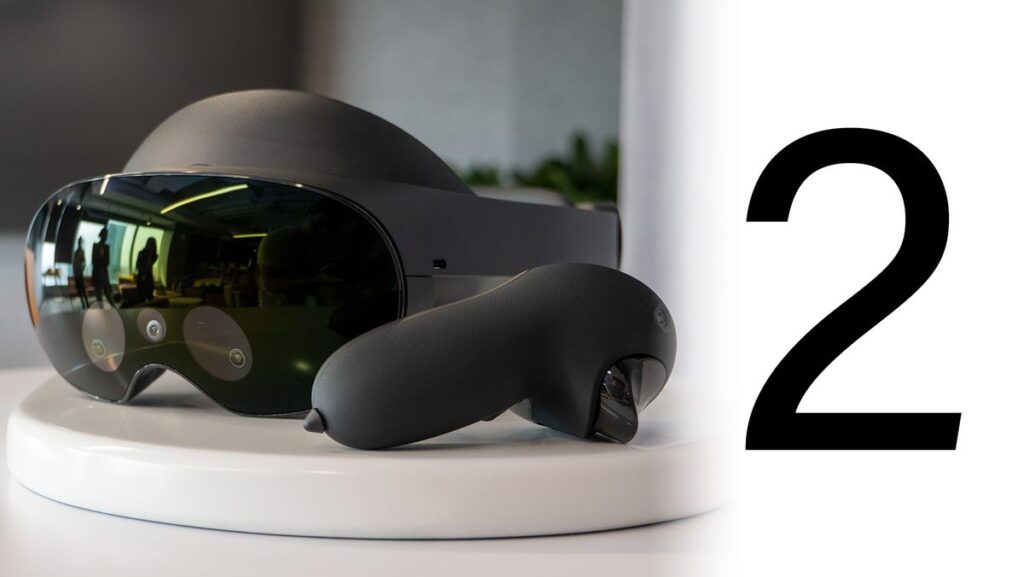Anúncios
From Meta’s range of virtual reality (VR) headsets to Apple’s recently released Vision Pro, a lot of effort is being focused on developing immersive computing experiences these days. But while these devices offer ultra-high-resolution screens for a highly immersive visual experience, this alone is not enough to simulate reality. Even if a virtual object is completely convincing visually, the illusion will be broken the moment a user’s hand passes through it without the slightest sensation.
To be fully immersive, VR systems must also take into account our other senses – especially touch. Much progress has been made in this area, with a variety of haptic interfaces now available to simulate the sensation of touch. Unfortunately, these systems usually work by placing some type of device at the stimulation site. For example, vibration motors may need to be placed individually on each fingertip to simulate the feeling of touching an object with one’s fingers. Clearly, this approach quickly becomes impractical when full-body haptic interfaces are needed for an application.
Anúncios
A variety of sensations can be created (📷: Y. Tanaka et al.)
Before this field can move beyond its inception, radically different solutions are needed. The creative geniuses at Pedro Lopes’ lab at the University of Chicago have once again created a touch interface (hopefully not literally!) that could move the field forward. Named Haptic source-effector, their wearable system is comprised of a single haptic device that directly stimulates the wearer’s brain to produce tactile sensations anywhere on their body. It does this through magnetic stimulation, which is noninvasive and, according to researchers, safe for human use.
The main technology enabling the haptic source effect is transcranial magnetic stimulation (TMS), which is used in medicine to stimulate the brain, primarily for the treatment of certain neurological and psychiatric conditions such as major depressive disorder. But in this case, the team used TMS to induce special haptic sensations. This was achieved by placing a single medical-grade magnetic coil on the head, which mechanically moves on rails to move it to the desired position. By stimulating specific areas of the user’s sensorimotor cortex with electromagnetic pulses, it was demonstrated that at least 15 sensations could be produced throughout the body, from the jaw to the hands and feet.
Anúncios
To evaluate the effect of the haptic source, a group of 12 participants were equipped with the device in addition to a Meta Quest 2 VR headset. They played the role of a cyborg trying to escape a malfunctioning robotics factory. As they progressed through the simulation, the visual effects merged with the sensations around the entire body. Overall, participants were surprised by how realistic the sensations were and noted that they felt like the experience was really happening. Some also commented that they could feel the TMS coil moving on their head, which isn’t entirely surprising given how big and heavy this early prototype headset is.
Study participants testing the system (📷: Y. Tanaka et al.)
While TMS is generally considered to be safe, there are some risks. In most cases, it causes nothing more than localized tingling, but for those with medical implants, it can cause dangerous interference. However, it is unclear what percentage of the population would find magnetic brain stimulation acceptable for recreational purposes, even if the level of risk is generally considered to be quite low. This could certainly be a factor hindering the widespread adoption of the technology.
Looking ahead, the team is planning to improve the mechanics of their system and reduce the size and weight to make it more practical. They are also looking into ways they might be able to focus haptic effects on smaller areas of the body.
#Unforgettable #Experience
Image Source : www.hackster.io

